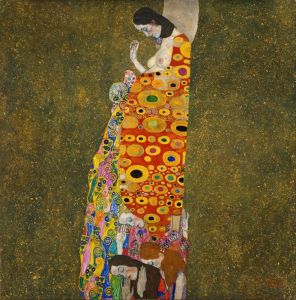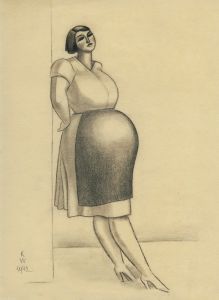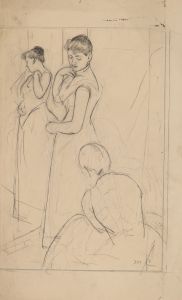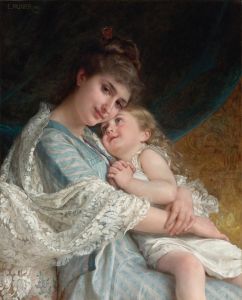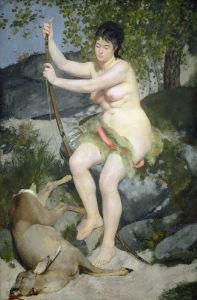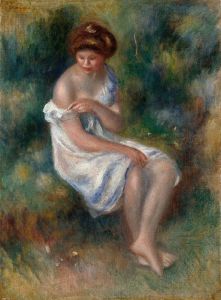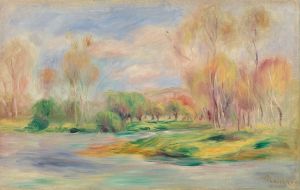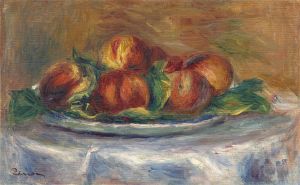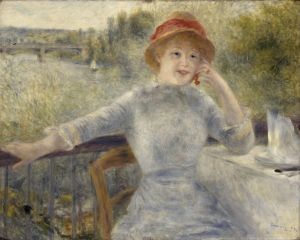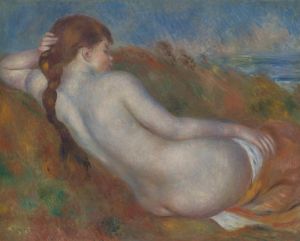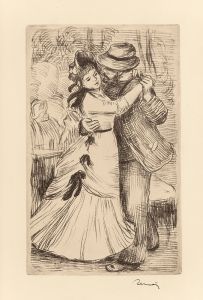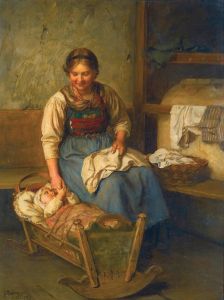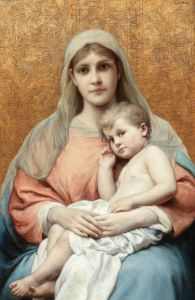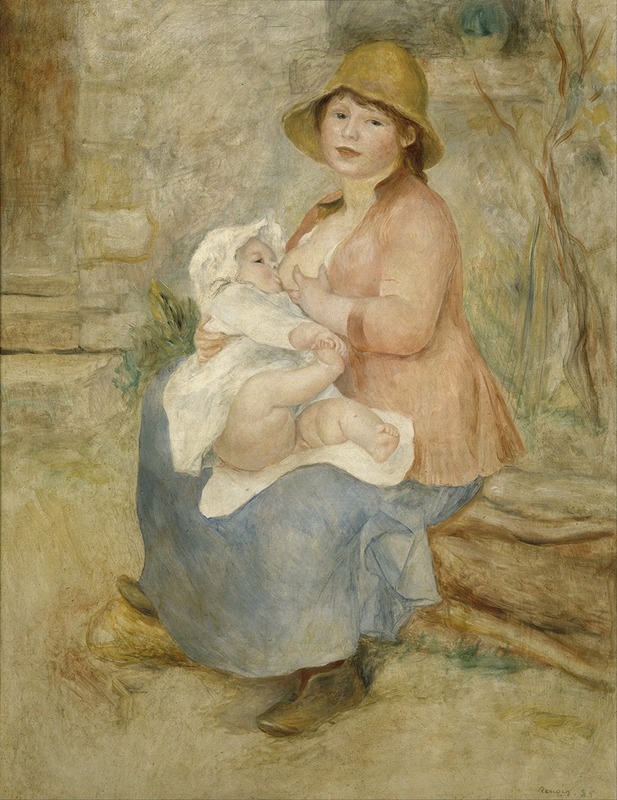
Maternity
A hand-painted replica of Pierre-Auguste Renoir’s masterpiece Maternity, meticulously crafted by professional artists to capture the true essence of the original. Each piece is created with museum-quality canvas and rare mineral pigments, carefully painted by experienced artists with delicate brushstrokes and rich, layered colors to perfectly recreate the texture of the original artwork. Unlike machine-printed reproductions, this hand-painted version brings the painting to life, infused with the artist’s emotions and skill in every stroke. Whether for personal collection or home decoration, it instantly elevates the artistic atmosphere of any space.
Pierre-Auguste Renoir, a leading figure in the Impressionist movement, painted "Maternity" in 1885. This artwork is a testament to Renoir's evolving style during the mid-1880s, a period when he began to move away from the loose brushwork and vibrant colors characteristic of Impressionism towards a more defined and structured approach. This shift is often referred to as his "Ingres period," named after the French Neoclassical painter Jean-Auguste-Dominique Ingres, whose influence is evident in Renoir's work during this time.
"Maternity" depicts a tender scene of motherhood, a subject Renoir frequently explored throughout his career. The painting features a mother cradling her child, capturing the intimate bond between them. Renoir's focus on domestic and familial themes reflects his interest in everyday life and the human experience, a hallmark of his broader body of work.
The composition of "Maternity" is notable for its clarity and precision, showcasing Renoir's interest in classical forms and his admiration for the Renaissance masters. The figures are rendered with a smoothness and solidity that contrast with the more fluid and spontaneous brushstrokes of his earlier Impressionist works. This change in technique highlights Renoir's desire to achieve a greater sense of permanence and timelessness in his art.
Renoir's use of color in "Maternity" is more subdued compared to his earlier works, with a palette that emphasizes soft, harmonious tones. This choice enhances the serene and gentle atmosphere of the scene, drawing the viewer's attention to the emotional connection between the mother and child. The careful modeling of the figures and the subtle interplay of light and shadow further contribute to the painting's sense of depth and realism.
Throughout his career, Renoir was deeply interested in the depiction of women and children, often portraying them with warmth and sensitivity. "Maternity" is a prime example of this focus, illustrating his ability to convey the tenderness and affection inherent in the maternal relationship. This theme resonated with Renoir on a personal level, as he was a devoted family man and father himself.
"Maternity" is housed in the Musée d'Orsay in Paris, which holds an extensive collection of Impressionist and Post-Impressionist masterpieces. The painting is an important work within Renoir's oeuvre, representing a pivotal moment in his artistic development. It exemplifies his transition from the Impressionist style that brought him fame to a more classical approach that would characterize his later works.
In summary, "Maternity" by Pierre-Auguste Renoir is a significant painting that reflects the artist's shift in style during the mid-1880s. Through its depiction of a mother and child, the artwork captures the essence of Renoir's interest in the themes of family and intimacy. The painting's classical composition, refined technique, and emotional depth make it a noteworthy example of Renoir's evolving artistic vision.





